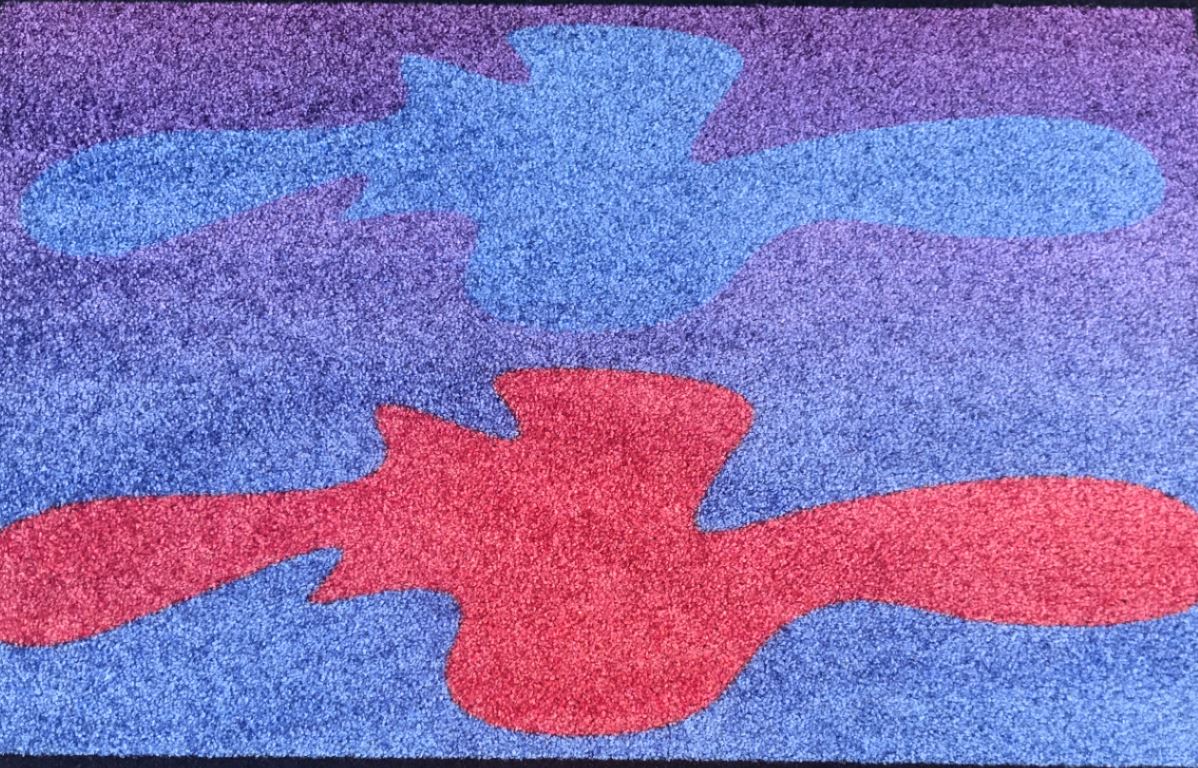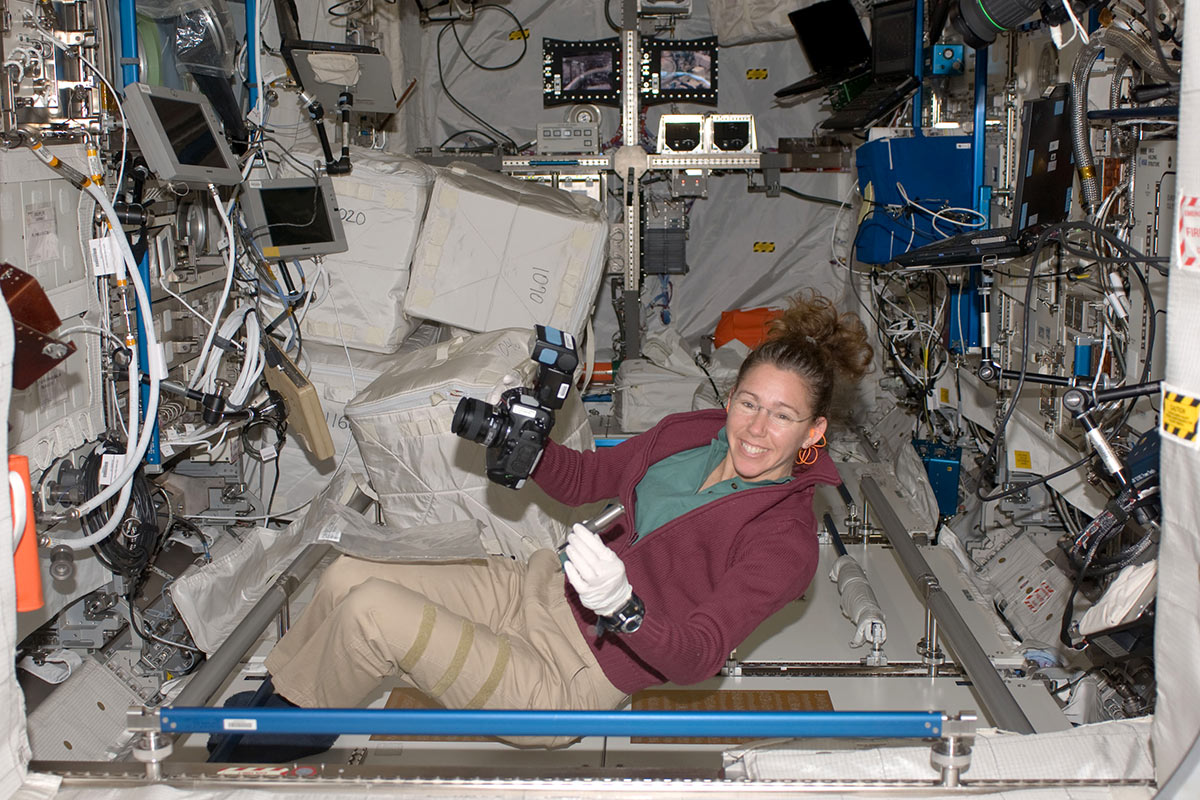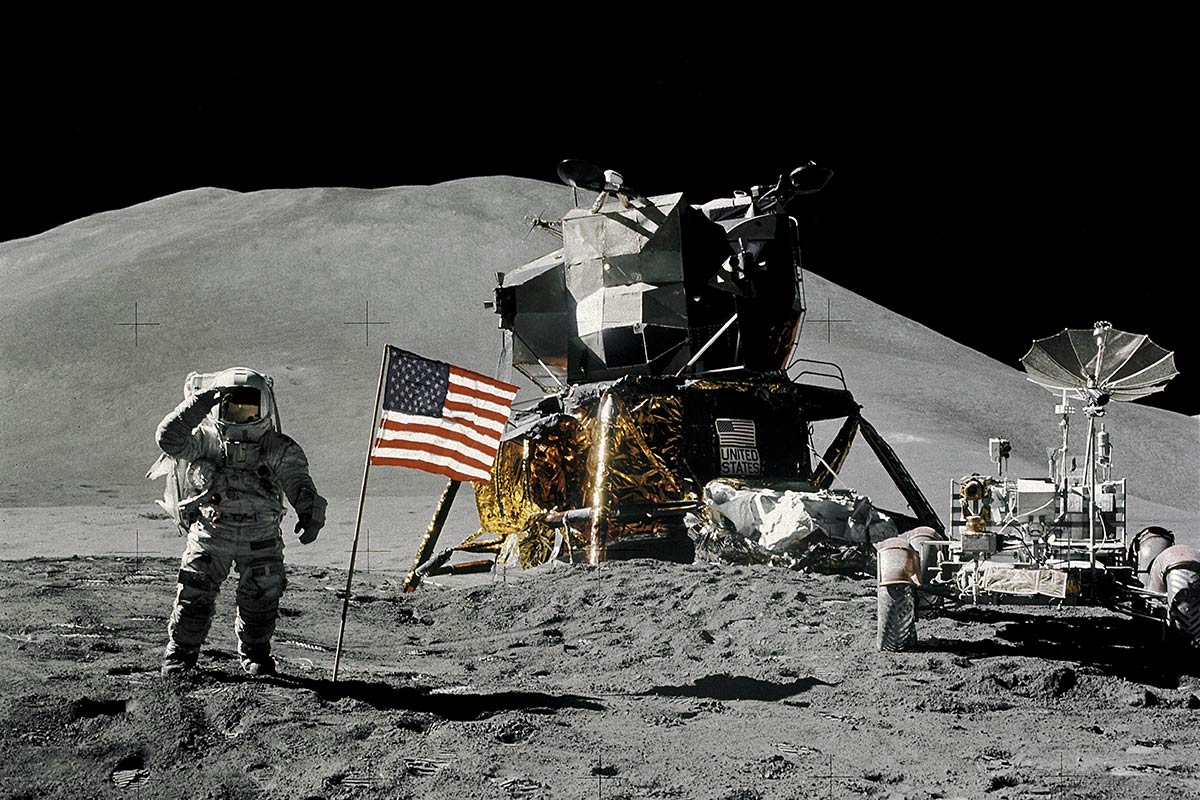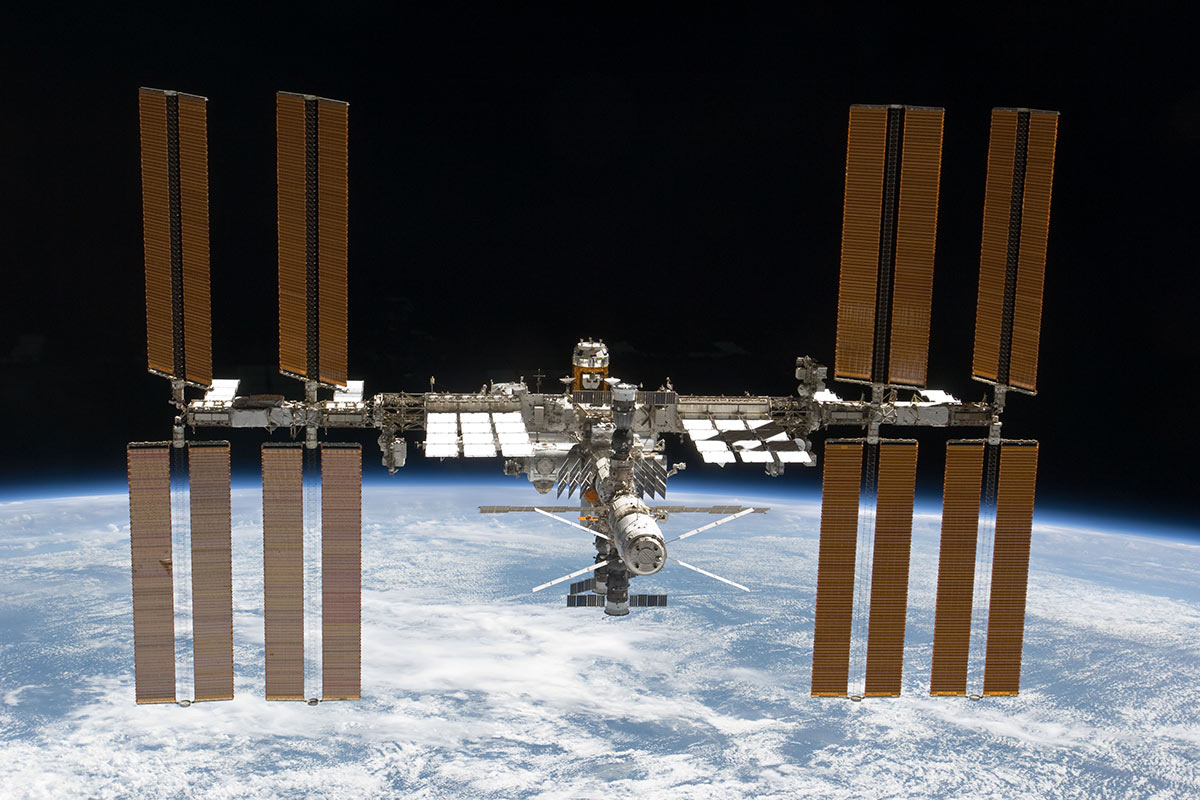
Thousands of scientists, including up to 20 astronauts, are heading to Adelaide for the 2017 international space conference.
The Space Industry Association of Australia is hosting the 68th International Astronautical Congress 2017 (IAC2017) at the Adelaide Convention Centre from 25-29 September.
The world’s leading annual interdisciplinary meeting for the space industry attracts up to 4,000 participants from more than 70 countries, including space professionals, academics, major corporations, government representatives, students and media.
Flinders University is putting out cosmic welcome mats at its Bedford Park campus to symbolise the arrival of matter from outer space. Archaeology geophysics students will analyse the deposits on the mats.
Flinders’ own ‘Dr Space Junk‘, Dr Alice Gorman, has liaised with US conceptual artist and experimental philosopher Jonathon Keats to design and create a series of Cosmic Welcome Mats to put on show and potentially collect space dust in Adelaide during the IAC2017.
They will be used to highlight the potential to catch and analyse some of the estimated 40,000 tonnes of cosmic materials that fall to Earth every day.
“Normally such materials are analysed by geologists and chemists in the context of natural environments,” California-based Dr Keats says in his project brief. “No previous study has sought to analyse them as part of a human environment.
“The challenges of doing so will not only extend the gamut of astronomical research into the realm of archaeology and the social sciences – with potential repercussions for future archaeological research on the surfaces of the Moon and Mars – but also will elucidate methodological problems faced by the archaeologist analysing a contemporary site and interacting with those whose activities produce the trace materials under study.”
The welcome mat project is inspired by Nobel Prize-winning physicist Enrico Fermi, who questioned the existence of intelligent life across the universe based on a lack of contact.
Flinders academic (Dr Space Junk) space archaeologist Dr Alice Gorman will give three presentations at the international congress – and host the Astronauts Panel at Elder Hall, one of the highlight of IAC2017.
Forming part of the public program associated with the congress, astronauts on the panel, including former NASA astronauts Tony Antonelli (now Chief Technologist, Lockheed Martin) and Dr Sandy Magnus (Executive Director, The American Institute Aeronautics and Astronautics), will speak about their experiences and answer questions from the public.
Hosted by the Public Library of SA, the Astronaut Panel will be held on Tuesday 26 September at Elder Hall from 6pm.

As the world’s largest space conference, the 2017 congress marks some important anniversaries of human endeavour in space, including the 50th anniversaries of the signing of the Outer Space Treaty along with the launch of Australia’s first satellite, WRESAT, in 1967.
As part of the third milestone – the 60th anniversary of the launch of Sputnik 1 – Dr Gorman will present ‘Not all space debris is junk – a comprehensive management strategy for culturally significant spacecraft’.
“Since the launch of Sputnik 1 in 1957, Earth orbit has become filled with debris with over 23,000 pieces of 10cm and larger, and millions of fragments below this size,” says Dr Gorman, from the College of Humanities, Arts and Social Sciences at Flinders.
“The proliferation of space junk has the potential to affect satellite services that are so important to modern day existence.”
Dr Gorman will discuss the need for some form of active debris removal versus the historic and heritage value of some of this space debris and the relevant process to protect culturally significant space objects.

An interactive presentation entitled ‘Lunar mining and cultural heritage management: what are the issues?’ will be shared on screens around the Convention Centre.
This session will look at the feasibility of mining operations on the Moon within the next few decades and the impact of same on heritage lunar mission landing sites.
Dr Gorman will talk about the principles of Social Licence to Operate which provides some guidance in managing public expectations around impacts on both the historic sites and the body of the Moon.
She also will give an interactive presentation on ‘An archaeological investigation of the International Space Station (ISS),’ with Dr Justin Walsh from Chapman University in California.

This presentation will describe an archaeological methodology to identify and analyse how a space culture (including the texts, attire, performance of tasks, associated symbols, decoration and objects that become codified by repetitive use), has emerged and evolved during the 16 years of intensive occupation of the ISS.
Next month, Dr Gorman will head to New York to take part in the United Nations Expert Meeting on Space for Women, organised by the UN Office for Outer Space Affairs and UN Women.
At the Adelaide space congress, Flinders University will host a display in the SA Government booth in Exhibition Hall at the Convention Centre.
The stand will feature Flinders research in space-related areas such as energetic materials and propellants, solar cell technology, advanced materials and autonomous vehicles, along with highlighting educational opportunities for students.
To find out more about the International Astronautical Congress visit http://www.iac2017.org.

